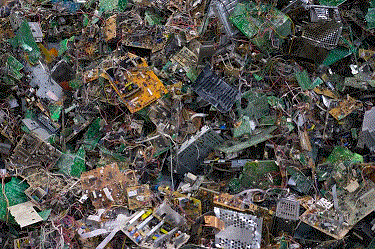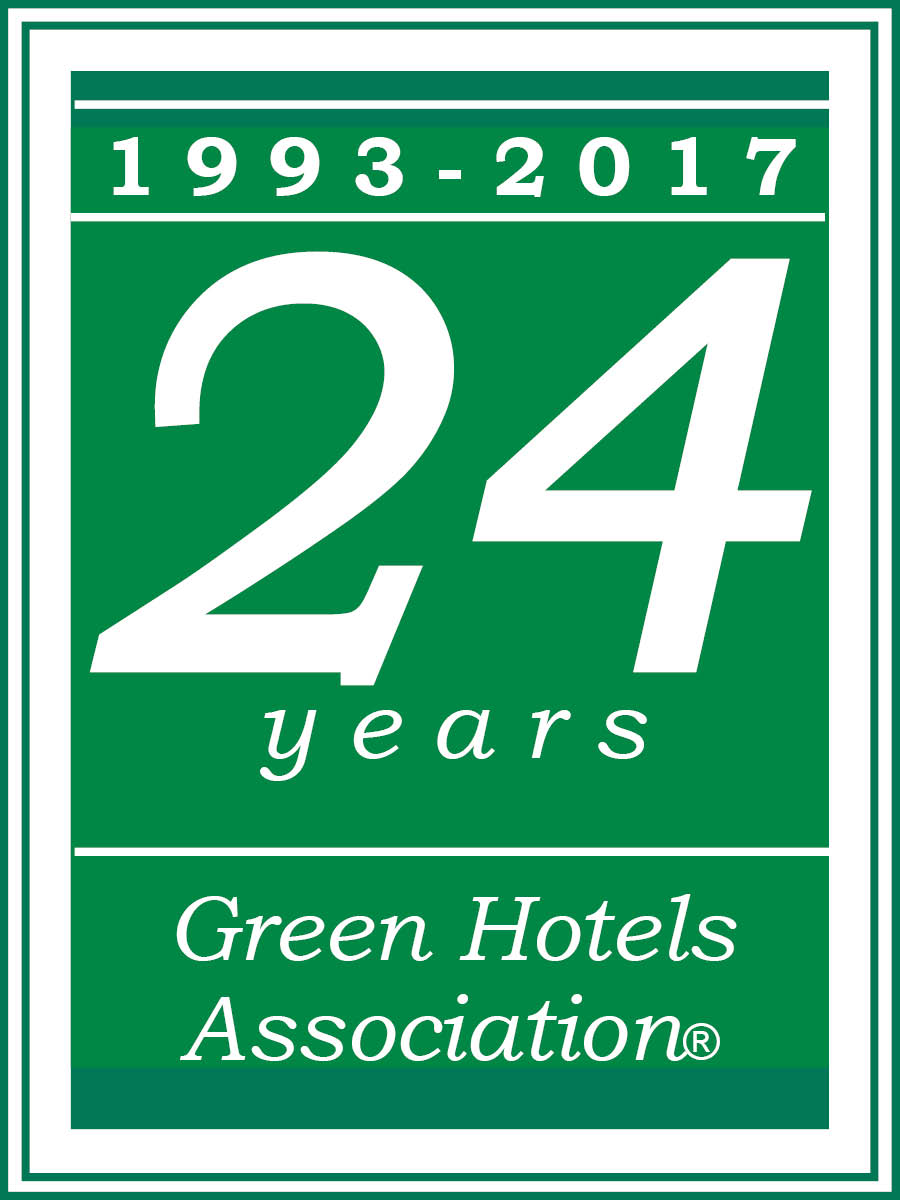 |
To Handle Electronic Waste,
Freeze It and Pulverize It
Scientists say a new technique can make it more
profitable to harvest metals and other materials from
circuit boards in old TVs, computers and more
The digital revolution may or may not be televised, but sooner or later, any TV that might have shown it will be obsolete.
Despite advances in miniaturization and recycling, millions of tons of electronic waste still end up in landfillsand reusable materials go to waste for want of cost-effective ways to recover them. More than 46 million tons of e-waste was produced world-wide in 2014, but only 15% was formally collected for recycling and safe disposal, says the Institute for the Advanced Study of Sustainability, a UN think tank.
So scientists at Rice University and the Indian Institute of Science, or IIS, have come up with a new technology aimed at improving the economics of reclaiming valuable metals and other materials used to make circuit boards. The scientists hope that their lab technique, which IIS has patented in India, can be scaled up commercially into an industrial process that makes e-waste recycling more profitable.

Their idea, in a nutshell, is to make the stuff really cold and then to pulverize it.
In lab experiments, the scientists put circuit boards from optical computer mice into an argon-filled steel box of about 10 inches on each side, along with a hardened steel ball weighing about a pound. The box was cooled by a stream of liquid nitrogen to a temperature of -182 degrees Fahrenheit. The scientists found that vibrating the box for up to three hours produced a jackhammer effect, smashing its contents into nanoscale bitsparticles so small that they are measured in nanometers (one nanometer is a billionth of a meter). Such particles are invisible to the naked eye.
This approach is very different from the techniques currently used for harvesting metals and other materials from circuit boards. These mostly rely on chemicals or heat, says Chandra Sekhar Tiwary, one of the scientists, who says that the pulverizing method (if it can be scaled up) is likely to be more affordable and energy-efficient and also free of toxic emissions. It would also harvest more of the reusable products in circuit boards, which can include aluminum, copper, gold, nickel, lead, silver and tin, to cite just the metals. Dr. Tiwary said, Burning or using chemicals takes a lot of energy while still leaving waste.
Cold makes things brittle and easier to smash to bits. And unlike heat, which makes things easier to combine, cold makes them more prone to separate. The special characteristics of nanoscale particles can be exploited in sifting them by type and putting them to use. The settled nanoparticles of metals can be recovered using conventional separation methods, the scientists write, such as a wet shaking table or other techniques employing gravity or magnetism. One simple approach is immersing the particles in water and relying on sedimentation, says Dr. Tiwary. The polymers, for example, are the least dense and tend to float, while denser materials are more likely to sink to the bottom. The water can be reused once recovery is complete, as can the chilling nitrogen.
Another virtue of the new approach, Dr. Tiwary adds, is that the makeup of circuit boards varies widely from product to product. The new technique, he says, is flexible enough to work on any type of circuit board and still recover all the reusable parts. The next step, he notes, is to secure funding to use the technology on a scale larger than a few mouse-boards but smaller than an industrial facility.
Akst, Daniel, A Frigid Solution For E-Waste, The Wall Street Journal, April 8-9, 2017
C.S. Tiwary, S. Kishore, R. Vasireddi, D.R. Mahapatra, P.M. Ajayan and K. Chattopadhyay, Electronic waste recycling via cryo-milling and nanoparticle beneficiation, Materials Today, March 20, 2017
To learn more about GHA and how your property can be greener, jump to Green Hotels Association® !
or CALL 713/789-8889 TODAY!
|

E-Waste
 More than 46 million tons of e-waste was produced world-wide in 2014, but only 15% was formally collected for recycling and safe disposal.
More than 46 million tons of e-waste was produced world-wide in 2014, but only 15% was formally collected for recycling and safe disposal.







|
 |


